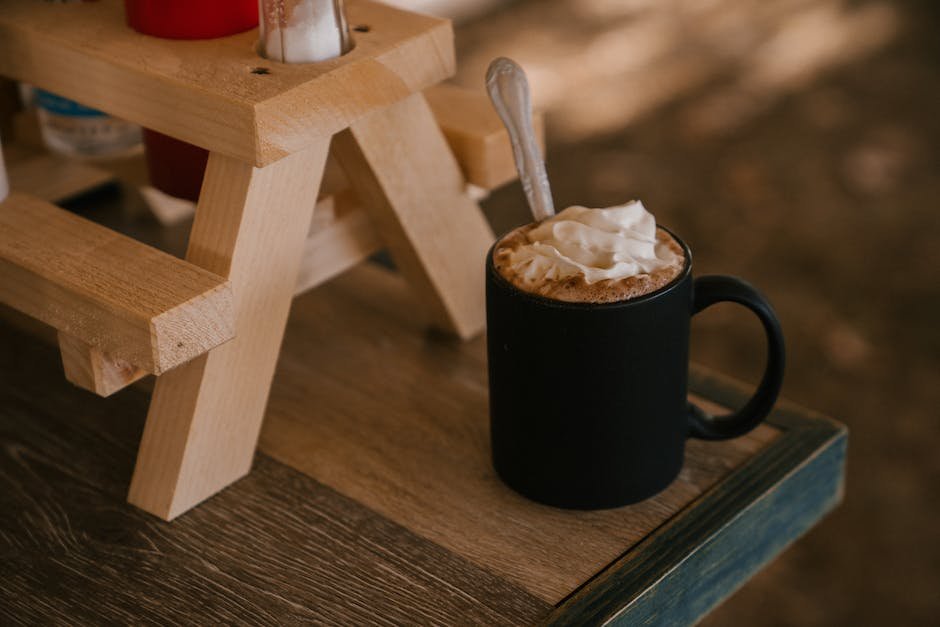We all know that one drink is not good for you, but how many drinks it takes to get that one drink can be tricky!
Most recipes call for 1 cup milk per serving, but what does that mean? Some brands say “1 cup” while others say “2 cups” or even “3 cups”. It really doesn’t matter which number they use as long as you remember them by heart!
So how many times do we have to pour water into our beverage before we can consider it a full drink? The answer to this question comes down to how much liquid your body will absorb at once- so if you like more than one sip at a time, then you’ll want to make sure you’ve got enough liquid left over after mixing.
We’re going to look at some easy ways to figure out how many cups of milk you need to mix with another liquid to create a drink. These tips work no matter whether you are drinking plain milk, chocolate milk, fat free milk, or something else.
Conversions of volume to weight

When figuring how many cups of milk there are in a given amount of liquid, you need to know what conversion factor you will use to express it as.
The most common way to do this is using the standard water bottle size of 0.9 liters or 1 liter. This converts to 9 ounces which is close to a cup! Therefore, one cup equals one percent of a liter of milk.
To find out how much milk we have in a given amount of liquid, just divide the number of cups by the density of milk to get our result. The average density of milk is 477 grams per one hundredth of a liter.
That means that if you have one cup of milk, then 477 times more milk would fill up the same space.
Calculate the number of cups in a gallon of milk

Most people know how many grams are in a cup of plain white sugar, but what about other types of sugars? For example, what is one cup of granulated sugar called?
You might call it “white powder”, but that doesn’t help when you want to calculate the amount of sugar in your drink!
To make sure we’re all talking about the same thing, let’s use my favorite type of milk – 2% milk. I will always use fat-free (2%) milk because I find it tastes better and I like to watch what I put into myself. 🙂
A 2% milk container holds 5 ounces (142 ml) of liquid. One ounce equals 28 drops or 1/28th of a cup. A cup of 2% milk contains two tablespoons (14 points) of sugar, so one tablespoon = 14 drops + one more drop for the bottle.
Examples of cups in a gallon of milk

The word cup is typically defined as “a measuring vessel with narrow spouts through which liquid can be poured” but that isn’t the only way to use this term. When talking about fluid measurements, like water or milk, there are different definitions for what constitutes a cup.
A common alternative definition for the word cup is “the amount contained in one serving” or a “one-cup measure.” That means if you put two drinks into a total volume of twelve (1½ cups) glasses, each glass would have to hold just over half a cup of liquid! This can easily confuse people because depending on how they define the word cup, one drink could either be ¼ of a cup, ⅓ of a cup, or even ½ of a cup!
It may seem obvious, but the standard way to make sure you know how much alcohol someone has consumed is by looking at the size of their drink. Unfortunately, some bars and restaurants lack consistency when it comes to defining how many ounces an individual drink contains.
Conclusion based on results

Recent studies determine that there is an average of three cups of milk per cup of liquid you add sugar to. This includes plain, chocolatey, fat-laden liquids like milk, water, coffee, tea, etc. That means if you drink one gallon of milk, you will have drunk six regular sized glasses of milk!
This makes sense because we are drinking our drinks with added sugars already! And most people don’t really factor how much sugar they consume beyond just adding it to their glass or bottle.
By looking at how many ounces of your beverage contain sugar, you can easily calculate how many carbs each drink contains by multiplying the amount of sugar in the drink by four. (One 4th strength serving equals one ounce.) Then you divide this number by two to get the total carb count for a specific drink.
Tips for measuring milk

The most accurate way to measure your milk is with a digital or manual scale. These scales can be connected to computers or not, but they must have a very high degree of precision.
Most food scales do not include volume measurements as part of their product so it is up to you to find one that does. Some brands are more expensive than others but all should work similarly.
We recommend buying from sellers that have good reviews and check out several products before investing in any one. You want to make sure it works well and that you will use it frequently!
Many people mix using cups which may not be the best method since temperature and accuracy matter. Using a liter bottle makes this process much easier. Simply pour the amount into the container and tally up how many ounces you have left over.
Tips for cleaning your milk containers
When you are finished with your milk, it is very important to clean out all of its components. This includes emptying the bottle, washing the can, or putting away the pack of cream in a jar.
When pouring your milk into a cup, make sure that there are no leftover drops from before. If there are, then these needed to be completely washed down the drain!
Never pour liquid waste into the trash as this will add pollution to our environment. Also, never put used plastic bags in either garbage nor recycling because they end up clogging both processes.
Sadly, some people do not know what goes into making a glass of milk so they leave lots of empty cups and bottles behind. These individuals contribute to more waste going into our ecosystem.
Tips for storing your milk
As mentioned before, once you have finished all of your supplies, it is important to refrigerate your used containers as quickly as possible!
Be sure to wash both the container and the lids of any soymilk or cow’s milk residue.
Never store dried up milk products at room temperature as this can cause fermentation which will result in wasted milk and odor issues.
Lastly, make sure to check your refrigerator bagged items to see if there are any leftover materials such as fat or protein that would create extra liquid. This could lead to over-flowing bags and complications in storing your milk!
Drinking your own yogurt may also be a good option since you do not need as much milk to make a serving.
Know the different types of milk
There are many varieties of milk, each with their own purpose. This article will discuss the differences between cow’s milk, soy milk, rice milk, ghee (clarified butter), and camel’s milk!
So what is milk?
Milk is made when lactose – a naturally occurring sugar that comes from plants- gets dissolved into water. Mammalian mothers begin to produce small amounts of milk while they’re nursing babies so that their children can drink and consume it. As we grow older, our bodies stop producing enough milk for this process to occur, which is why most adults need help consuming adequate levels of dairy.
There are several reasons why some people find it more difficult to digest milk than others. Different individuals have different digestive systems – some break down milk more quickly due to having certain antibodies or genetics.
As we age, our hormones start to drop, making digestion even harder. This is particularly true for women over men, because the estrogen level drops faster, and bone density decreases, creating an environment where milk may be less easily broken down.
Breast cancer also alters how your body breaks down milk, as some studies suggest that eating foods high in fat content can increase the risk of disease. Because of this, there are guidelines about how much milk you should eat per serving to reduce health risks.


















